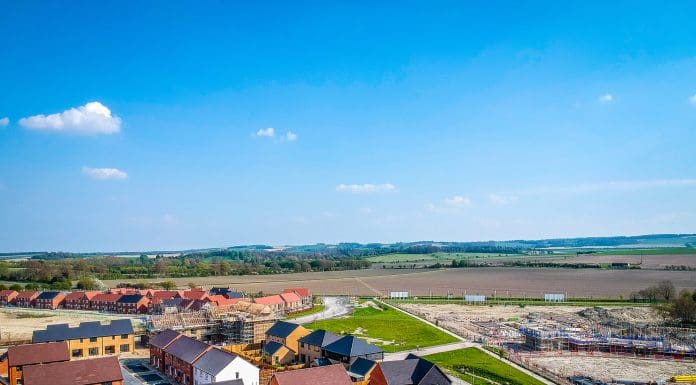If Labour is serious about its housebuilding targets, then it will need to address the confusion of the building safety regime, writes Charis Beverton, partner at Winckworth Sherwood
Accelerating development has been one of the new government’s key priorities as it looks to kickstart economic growth and urgently address the country’s housing crisis.
Though the emphasis has been on improving the planning system, Labour needs to also grasp the challenges the industry faces around building safety regulation, which is acting as a brake on the delivery of new homes.
While building safety has faded from national headlines, it does not mean that it has gone away. There are still deadlines to meet and plans to put in place which, if not attended to, can result in costly fines and the potential of criminal proceedings.
Navigating the confusion and various gaps in the legislation is a steep challenge, but developers have little choice but to manage this if they want to avoid repercussions from the building safety regulator (BSR).
Getting to grips with building safety gateways
One of the most significant ways in which the Building Safety Act (BSA) is reconfiguring the industry is through the establishment of a three-step approval system for works to new and existing higher-risk buildings.
The ‘gateway’ regime requires housebuilders to evidence whether they can meet new building safety standards at each of the planning, preconstruction and completion stages of the development process.
The requirements for Gateway 1 have been in place since August 2021, and the industry has worked to understand the requirements over time. Gateways 2 and 3, which came into force in October 2023, are proving more difficult.
This is at least in part because these gateways are forcing the industry to rethink its traditionally iterative approach to design, and to design-and-build practices.
For example, Gateway 2 seemingly requires full design plans to be signed off by the BSR before construction begins – meaning that any major or notifiable changes during the building process will need to be submitted for approval.
Those in the industry will know that changes are an inevitable part of any development. Risk management of the change process is likely to become more contentious as parties seek to manage the cost and delay associated with the need to get further approval. Alternatively, projects may stall as the design is worked up RIBA Stage 4/5.
Navigating the shifting responsibilities
The BSA is not only creating challenges at the development stage but also when it comes to setting up management arrangements. This piece of legislation has not come about in isolation and challenges are compounded by new legislation in other areas – the most significant of these being leasehold.
In an effort to quickly pass the Leasehold & Freehold Reform Act, the last government also sought to further amend and clarify the BSA but has left a number of clarification provisions unenacted, which has led to further uncertainty on liabilities in the market. This has a compounding effect on insurance availability and premiums, not to mention viability for many developers.
Pinpointing liabilities around remediation
A third issue for residential investors and developers is dealing with legacy issues that are diverting attention and funds away from delivery. In some cases, landlords have put projects on hold while they focus on tackling issues relating to existing defects, holding off on new development until it looks to be viable again.
The Get Living vs Triathlon Homes ruling at the start of the year has been a landmark case that exemplifies the BSA’s ability to cut through corporate structures and unpick previous decisions around remediation – including asking developers to reimburse contributions from the Building Safety Fund.
All is seemingly to play for regarding the limits of the new causes of action under the BSA (and the expanded scope of defective premises actions).
The broad definition given in the Get Living decision of a “just and equitable” case for a building liability order is likely to cause housebuilders to commit significant resources to reassess their liabilities on both historic and new projects, and to give those owning property pause for thought in terms of pursuit of recovery.
Labour will need to understand all of these pressures and concerns if it wants to get building.
Dedicating the right resource to deliver building safety and achieve housebuilding targets
It has been more than two years since the BSA was passed, yet it still remains a source of uncertainty for many.
As Labour gets its feet under the table, it would be wise for it to understand the challenges around building safety legislation that are crippling parts of the housebuilding industry.
Failure to do so will cause significant operational and financial challenges that risk upsetting the delivery of homes – something that the new government is certainly keen to avoid.
However, in the meantime, the development sector would be wise to stay alive to the numerous requirements and shifting responsibilities relating to building safety as best it can.
While we await greater clarity and certainty, investing the time and resources into navigating the building safety regime will help ensure the industry’s compliance and support its efforts to deliver the homes that the country so urgently needs.
The post Getting to grips with building safety to meet housebuilding targets appeared first on Planning, Building & Construction Today.


